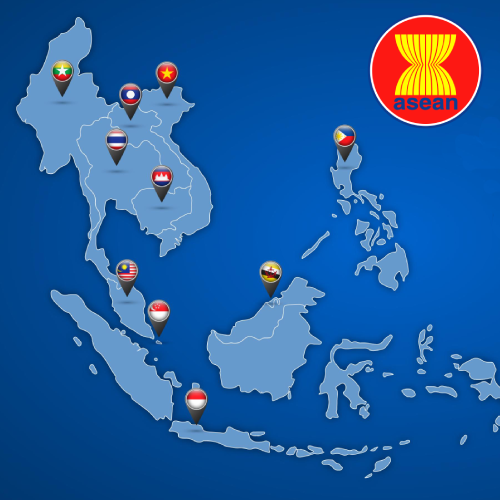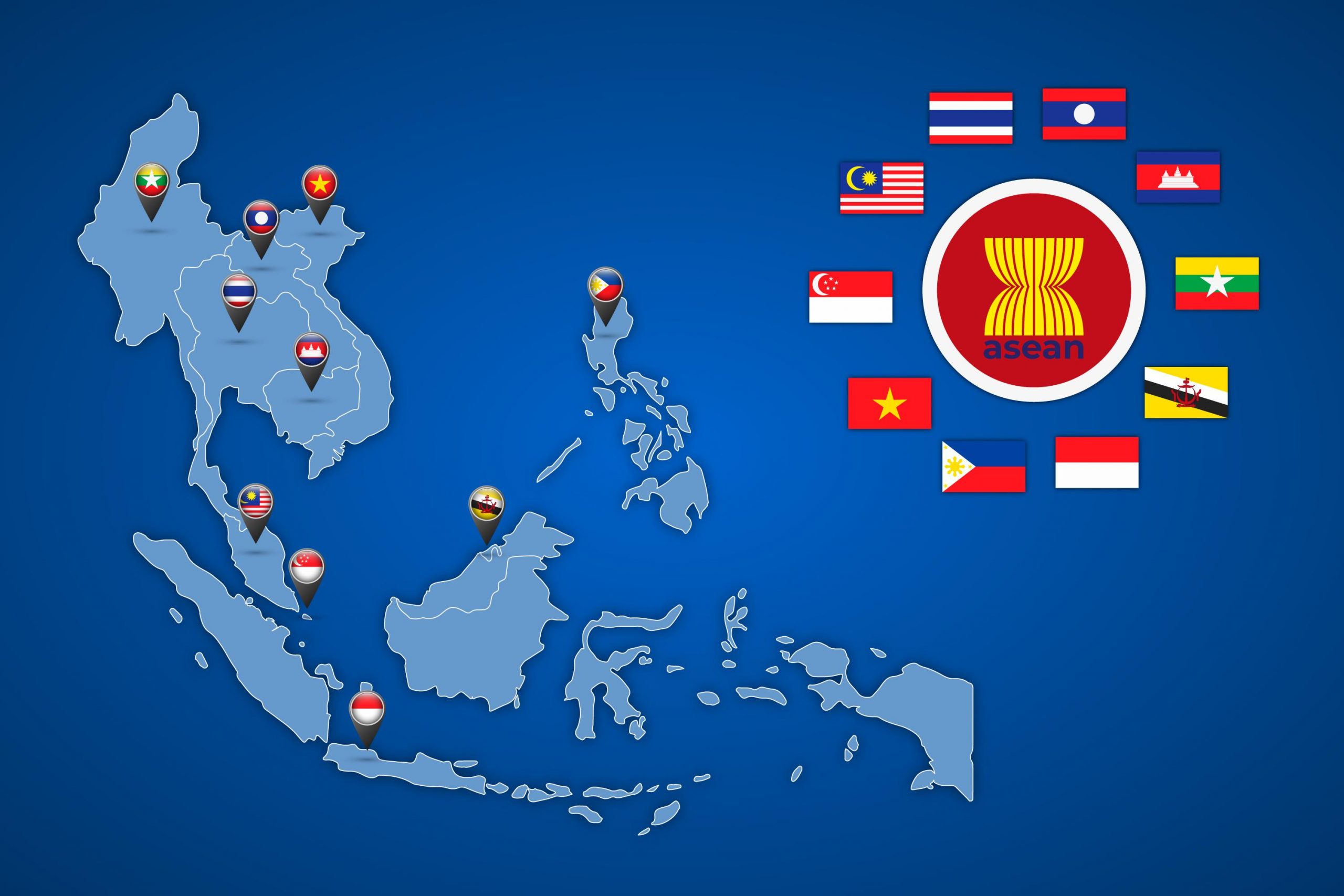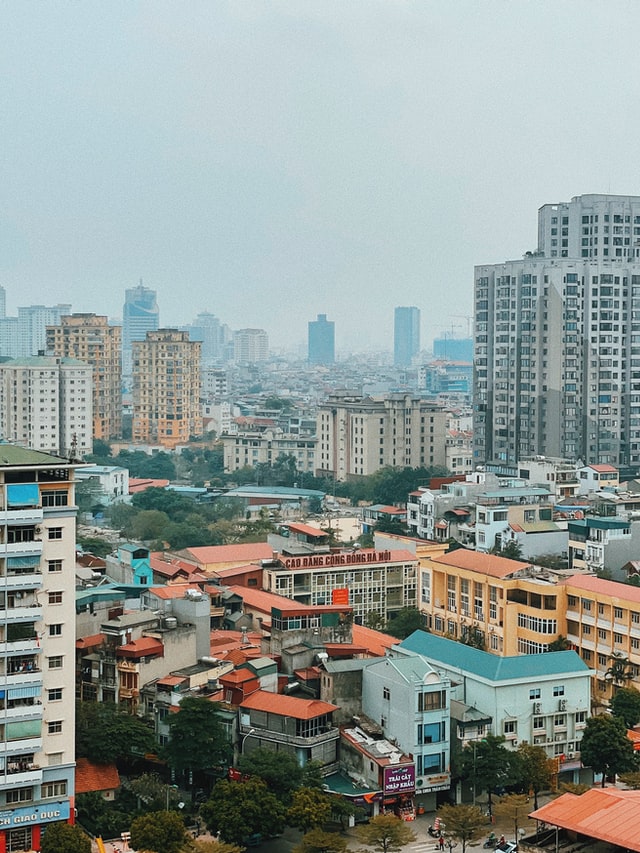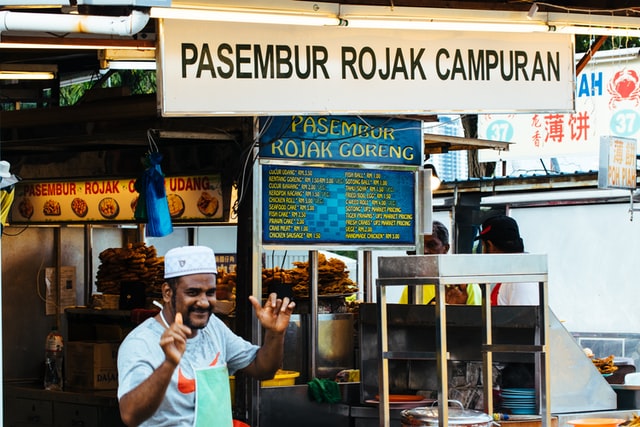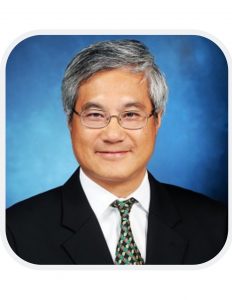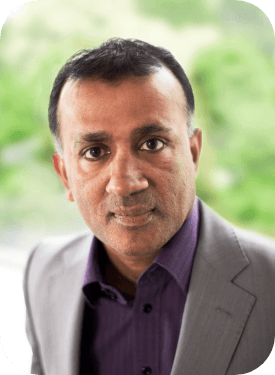The pandemic has been the most significant disruption to global capitalism since the Great Depression in the late 1920s and early 1930s — the world’s gross domestic product contracted by 3.5% in 2020. This even dwarfed the 2% global GDP decline recorded during the global financial crisis in 2007/08. Asean has fared even worse, with a 4.1% regional contraction in 2020.
What these figures fail to capture, however, is the deeper human impact of the pandemic, which comprises mass unemployment, loss of life, isolation, depression and downturns in education, much of which is compounded by a lack of access to basic needs, which imposes a life of drudgery on those who are worst hit. This gulf between the economic forecast and the realities on the ground should prompt Asean governments to see the pandemic-induced disruption as an opportunity to set the region on a new trajectory.
This course should no longer be characterised by narrow definitions of prosperity creation linked to outdated economic concepts of trickle-down economics or perpetual economic growth as measured by inappropriate indicators such as GDP, foreign direct investment (FDI) or consumer spending.
Instead, the well-being and security of societies — defined by a new set of indicators and targets — should be placed at the centre of Asean’s economic development going forward. Asean can lead the way by building upon and even exceeding the guidelines of the United Nations Sustainable Development Goals, given that the SDGs do not fundamentally question the issue of perpetual growth in a crowded planet faced with resource constraints and in which externalities are massively discounted.
Currently, “growth is good” is one of the few political tenets that leaders in Washington, Beijing, Jakarta, Bangkok, Kuala Lumpur and Ho Chi Minh City all agree on. Pre-pandemic, most governments championed high economic growth, with many Asean nations choosing “growth targets”: either a growth rate for the year or an economic size by a certain date. Ambitious targets were used as a proxy for a politician’s legitimacy and “boldness”, regardless of their feasibility. For example, the Philippines suggested a growth rate target of 6.5% for 2021, even though the country’s economy shrank 9.6% in 2020.


